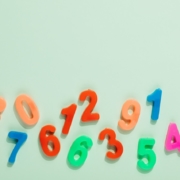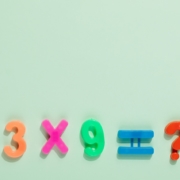Introduction to Mixed Operations for First Graders Printable Lesson Plan
Lesson Title:Introduction to Mixed Operations for First Graders
Lesson Objective: Students will understand the concept of mixed operations and be able to solve mixed operation problems using manipulatives.
Materials:
Introduction (5 minutes):
1. Begin the lesson by reviewing the concepts of addition and subtraction.2. Use counters to demonstrate simple addition and subtraction problems and ask the students to solve them.
3. Introduce the idea of mixed operations, which are problems that include both addition and subtraction.
Direct Instruction (15 minutes):
1. Pass out the number cards (1-10) to each student.2. Have the students work with partners and use the counters to create mixed operation equations using the number cards.
3. Call on a few students to share their mixed operation equations and have the class solve them together using the counters.
4. Write the mixed operation equations on the chart paper and have the students help solve them.
Guided Practice (20 minutes):
1. Pass out the mixed operation worksheets to each student.2. Have the students work with their partners to complete the mixed operation problems on the worksheets using counters to visualize the problem.
3. Circulate around the room to assist and check for understanding.
Independent Practice (10 minutes):
1. Have the students complete a few problems on the worksheet independently.2. Provide extra support and assistance as needed.
Closure (5 minutes):
1. Review the concept of mixed operations with the students.2. Have a few students share one of the mixed operation problems they solved during the lesson.
3. Remind the students that mixed operations are an important math skill and will be used in many areas of their lives.
Assessment: Observe students during independent practice, check the mixed operation worksheets and informally assess students’ understanding of the mixed operation concept using verbal questions.









